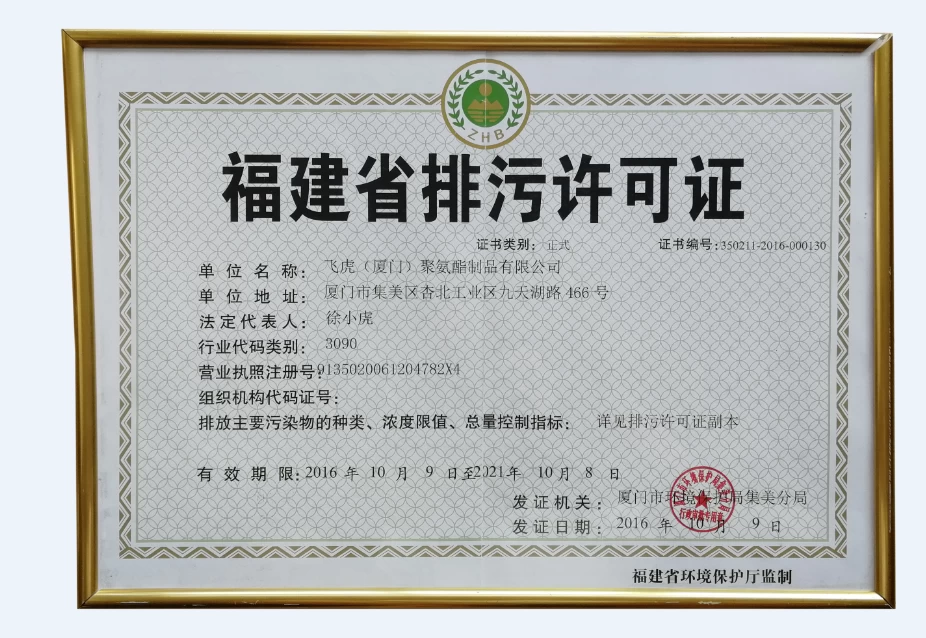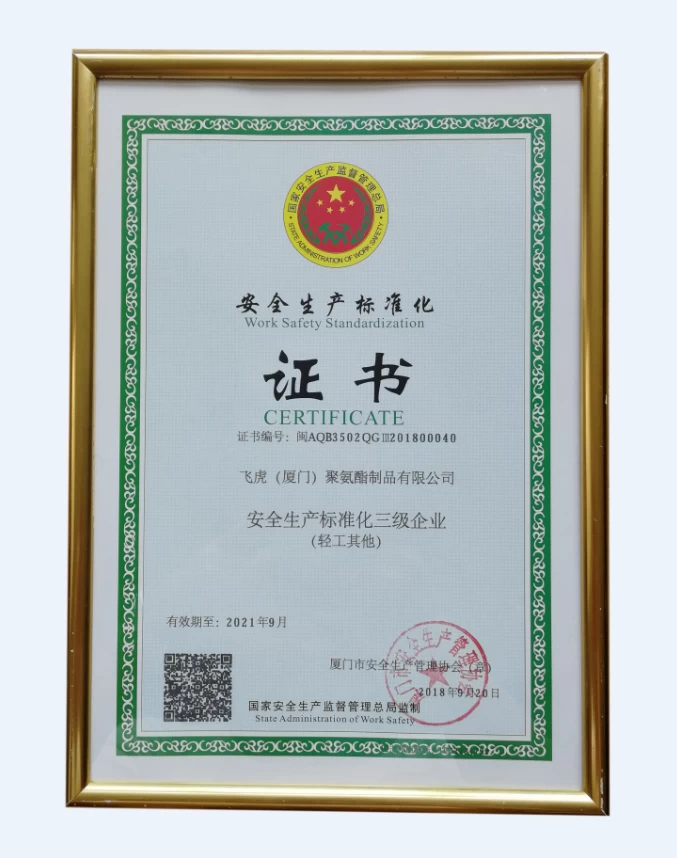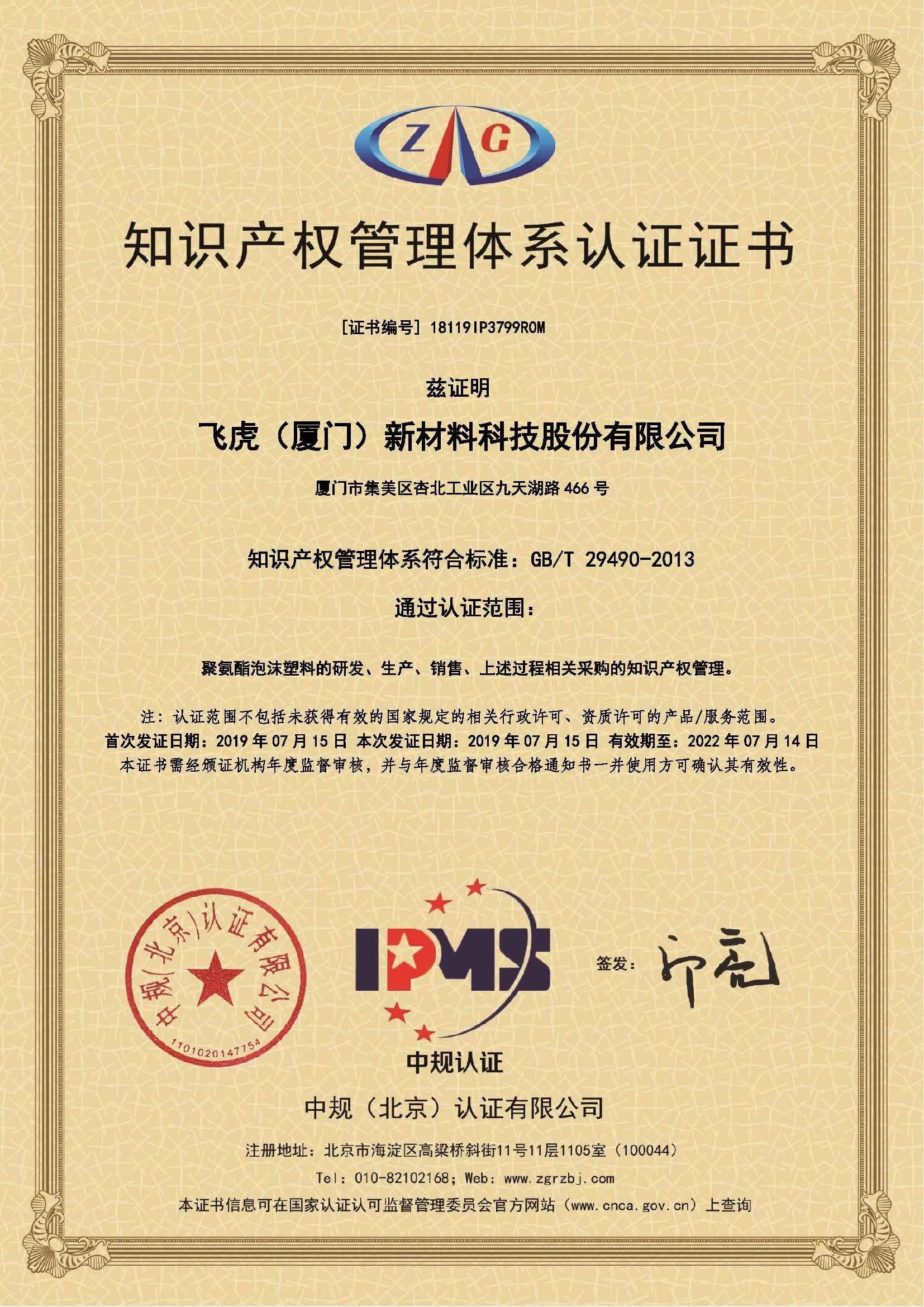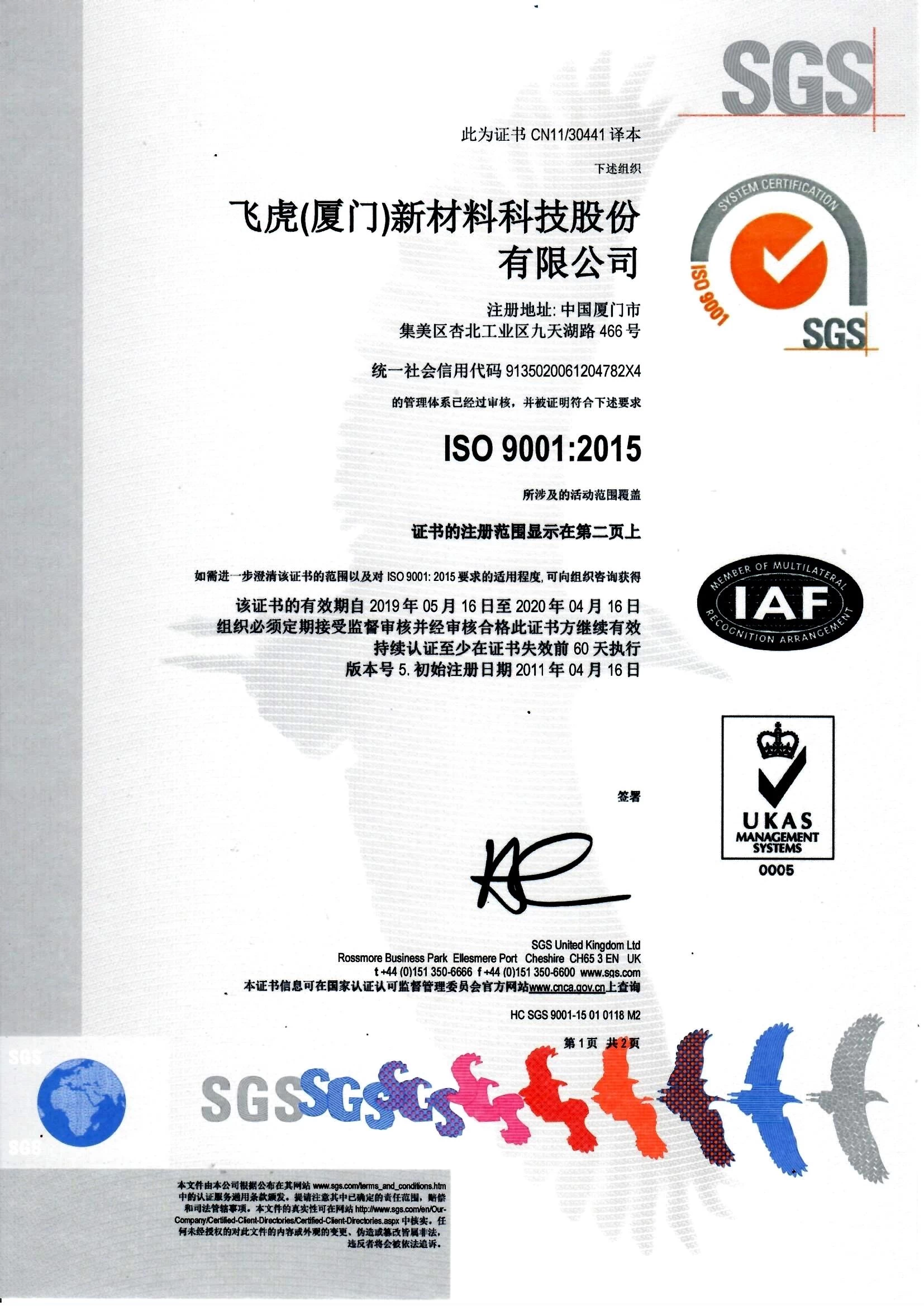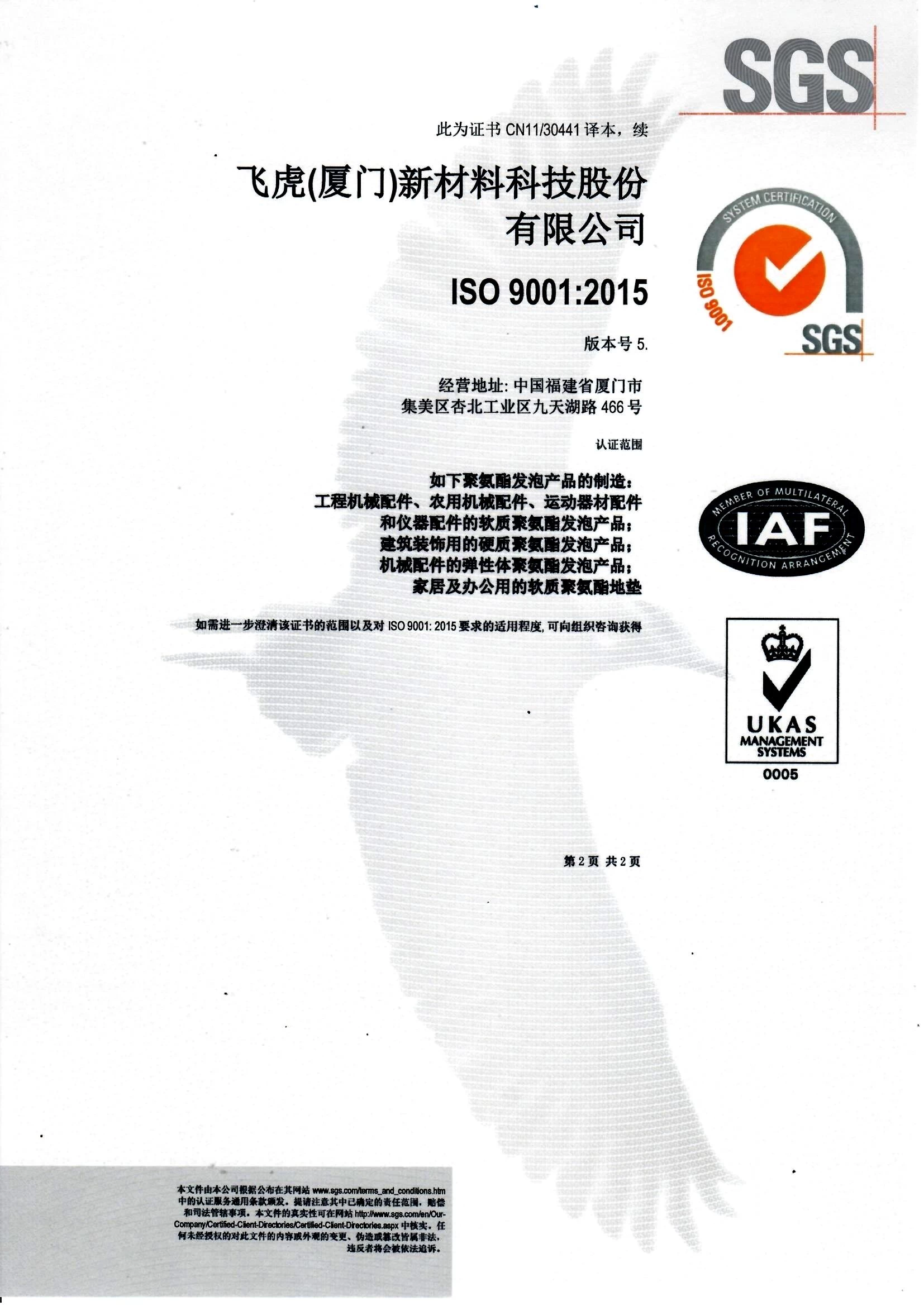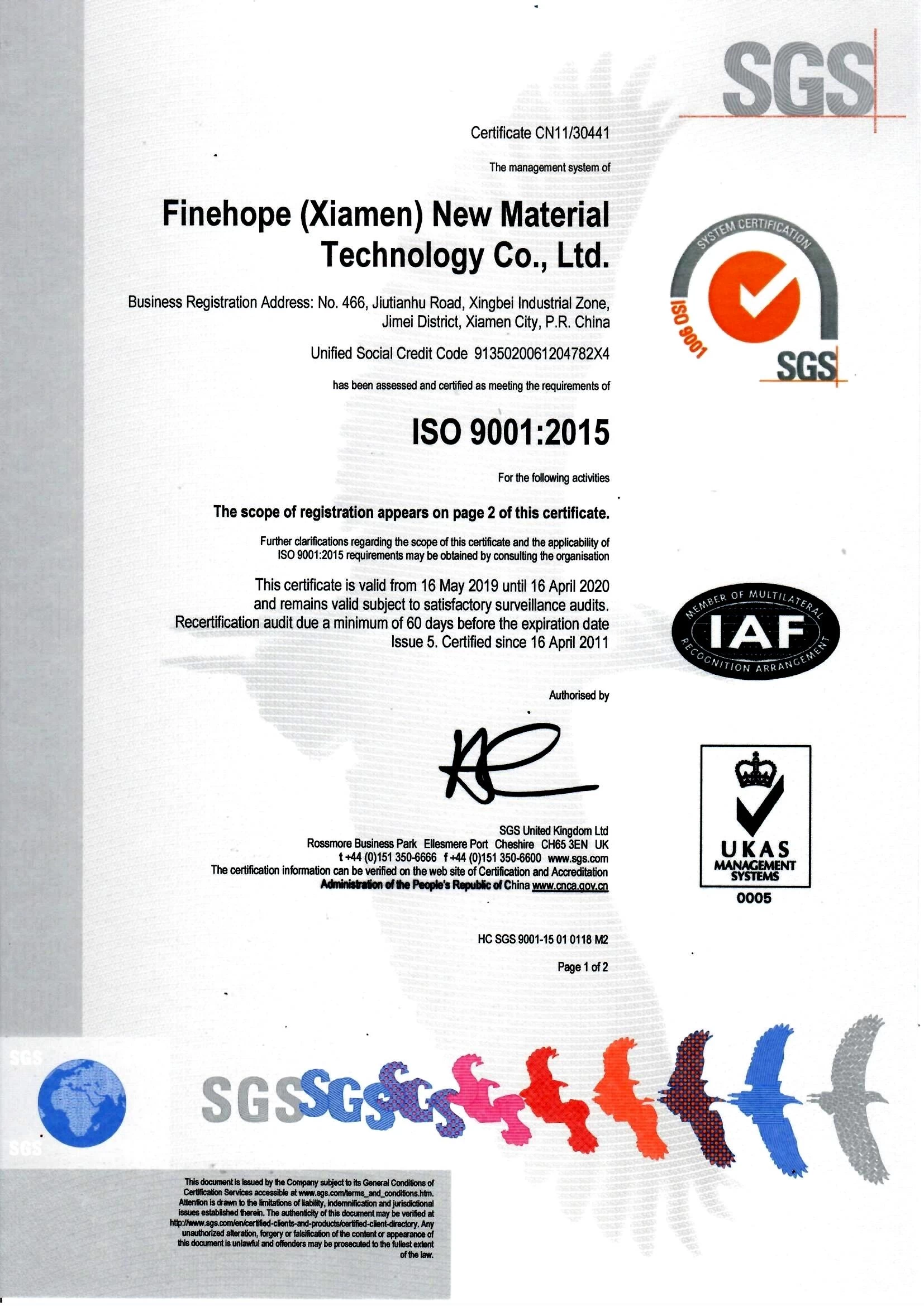American Chemistry Council: Due to economic recovery and slack supply, the outlook for US chemicals
Global Polyurethane News
2021-12-28 16:24:01
Global Polyurethane News: According to the American Chemistry Council (ACC) "Year-end Chemical Industry Situation and Outlook for 2021", as the recovery after COVID-19 continues, as well as supply constraints and the impact of severe storms are alleviated, the output of the US chemical industry It will grow by 4.3% next year. "Although risks to the global economy still exist, the US chemical industry is still in a strong position when entering 2022," said Martha Moore, ACC chief economist and author of the outlook report.
ACC expects that by the end of 2021, U.S. chemical production will increase relatively modestly by 1.4%, as the winter storm in Texas in February, the hurricane that affected Louisiana in August, and other supply chain challenges restricted production. "Although chemical inventories of many product categories are still tight, the situation has improved in the fourth quarter of 2021." Martha Moore said, "Demand for specialty chemicals has increased in almost all functions and market segments because Demand in multiple end markets has improved. Although there has been a rebound after the lockdown, many chemical end markets are still struggling in 2021 due to widespread supply chain disruptions hindering production growth in many industries."
Condition improvement
Looking ahead, the outlook is positive, Moore added: “The bottleneck in the supply chain seems to be alleviating, and the momentum is rising as manufacturers resume work and rebuild inventories.”
Due to supply restoration and some new production capacity, US chemical production will grow by 4.3% in 2022, basic chemicals are expected to grow by 5.1%, and plastic resins are expected to grow by 6%. Specialty products will grow by 4.1%, and agricultural chemicals will grow by 2.7% next year. ACC predicts that the overall growth of US chemical production will slow to 2.1% in 2023 and 2.4% in 2024.
The continuous growth of the global economy supports the growth of chemicals. "One thing to note is that the forecast reflects the Ome Keron epidemic that occurred before in the world, but we should see a global recovery in 2022." Martha Moore said: "This is not only in the United States, but also in the world. , Because industrial activity and trade have picked up. There are supply bottlenecks along the way, which restrict industrial output."
Martha Moore said that after industrial production contracted by 7.2% last year, demand for goods in the United States and abroad rebounded sharply, creating conditions for widespread expansion in 2021. "In fact, of the 18 chemical consumer end markets tracked by ACC, 17 have achieved growth in 2021, and some have increased by more than 10%." Martha Moore said. Oil and gas extraction is the only industry that has experienced a decline this year. However, in addition to weather-related disruptions along the U.S. Gulf Coast, global supply chain challenges have also weakened expansion. Despite these restrictions, US industrial production rebounded by 5.5% in 2021 and is expected to increase by 4.0% in 2022.
The growth prospects are supported by growth in the automotive and housing markets. In 2020, global automobile production dropped sharply, and the blockade caused the cancellation of orders along the supply line. Once production resumes, the assembly speed slows down because semiconductor manufacturers cannot meet demand. U.S. car sales rose to 15.3 million in 2021, compared to 17 million in 2019, 14.5 million in 2020, and 16 million in 2022.
At the same time, housing starts rose during the pandemic, as historically low mortgage interest rates and remote work and study led to family fragmentation. Housing starts in 2021 increased to 1.58 million, the highest value since 2006. Although in addition to the affordability challenge, restrictions on construction materials, land use and labor will curb growth in the short term. Housing starts in 2022 and 2023 will ease to 1.56 million.
ACC predicts that global GDP will grow by 5.7% in 2021 and 4.4% in 2022. The US GDP grew by 5.6% during 2021, reversing the 3.4% decline in 2020, and will grow by 4.2% in 2022. After shrinking by 7.2% in 2020, U.S. industrial production will increase by 5.5% in 2021 and will grow by 4.0% in 2022.
After the sharp economic decline in 2020, with the reopening of major economies, US chemical exports rebounded strongly in 2021. In 2021, exports rose to 151 billion U.S. dollars, an increase of 21%, while imports increased to 127 billion U.S. dollars, resulting in a trade surplus of 24 billion U.S. dollars, lower than 2020's 28.6 billion U.S. dollars. In 2022, exports will increase by 7.3% to reach 162 billion U.S. dollars, while imports will increase by 7.1% to 136 billion U.S. dollars, leading to a trade surplus of 26 billion U.S. dollars. According to the outlook, by 2025, US exports will reach 182 billion U.S. dollars.
After a decline of 2.7% in 2020, chemical employment in the United States is expected to recover 0.5% in 2021 and 1.9% in 2022. After a 17.6% decline in 2020, capital expenditure rebounded by 14.1% in 2021 to reach $31.2 billion, but slowed to 4.5% earnings in 2022.
Global growth continues
The outlook for global chemical production also looks strong. Martha Moore said: "In 2022, the growth of chemical production will continue to be higher than the global trend, increasing by 3.8%, and then slow to 3.2% in 2023." ACC said that this year's chemical production will be at an overall level. Rebounded 5.8%. The Asia-Pacific region was the strongest, with output increasing by 8.2%. Western Europe has performed well this year, with an expected growth of 5.3%, and Latin America's chemical production is expected to increase by 4.9%.
Source: Global Polyurethane Network




